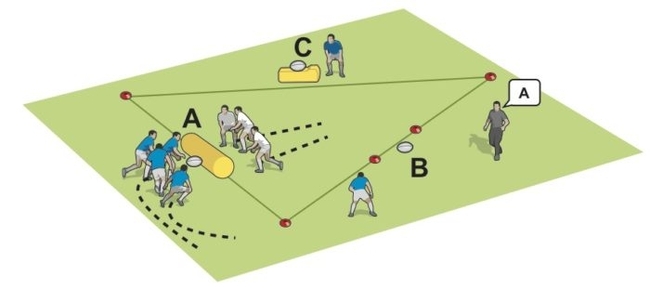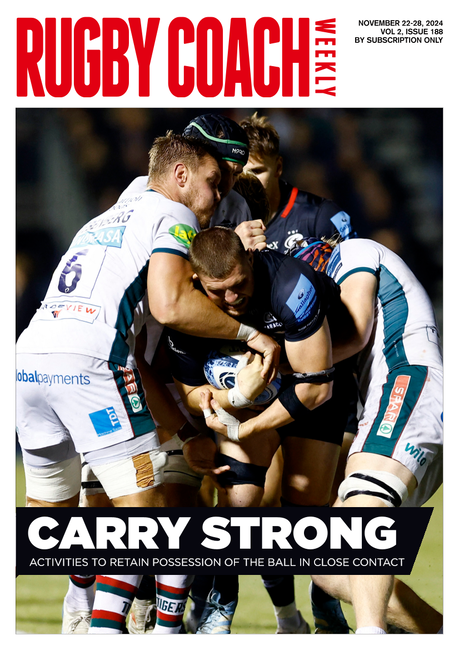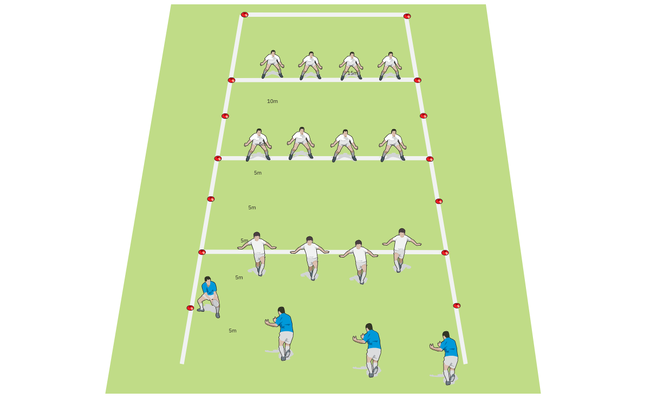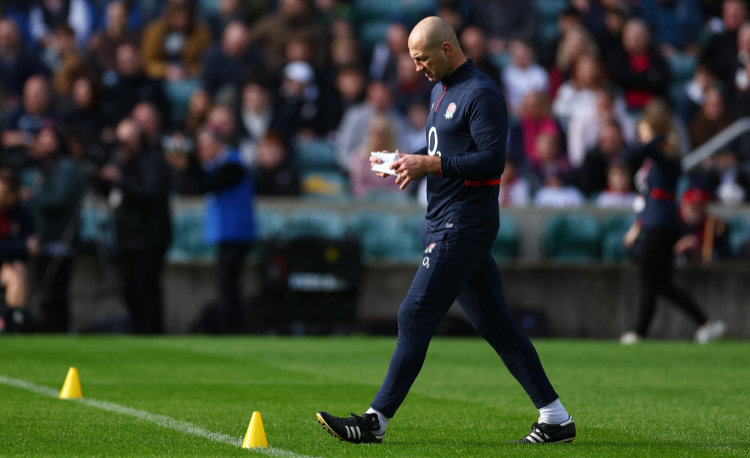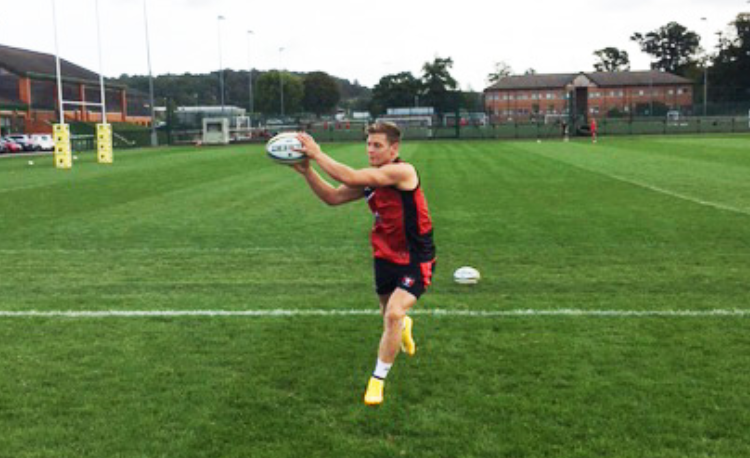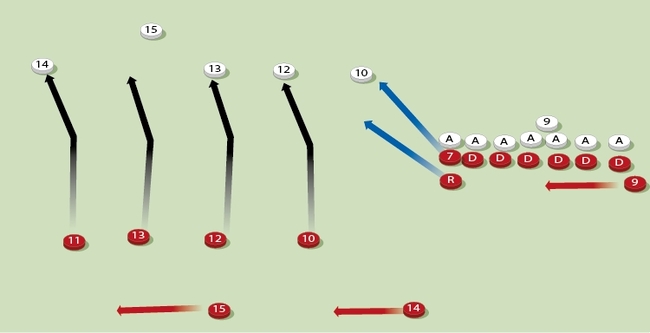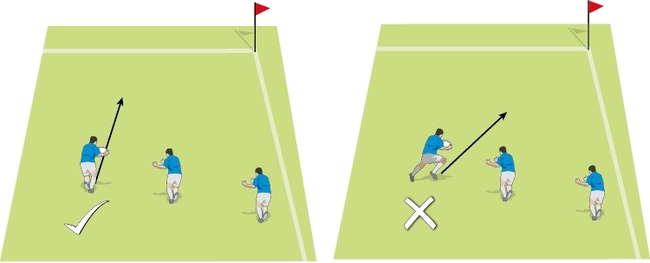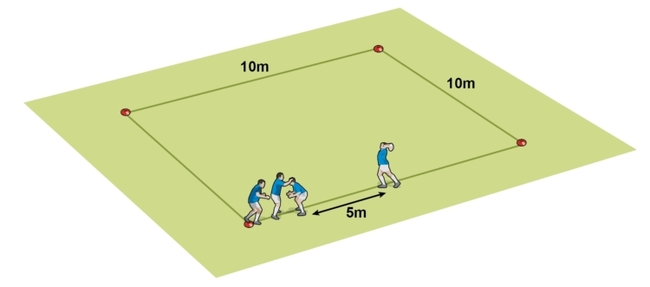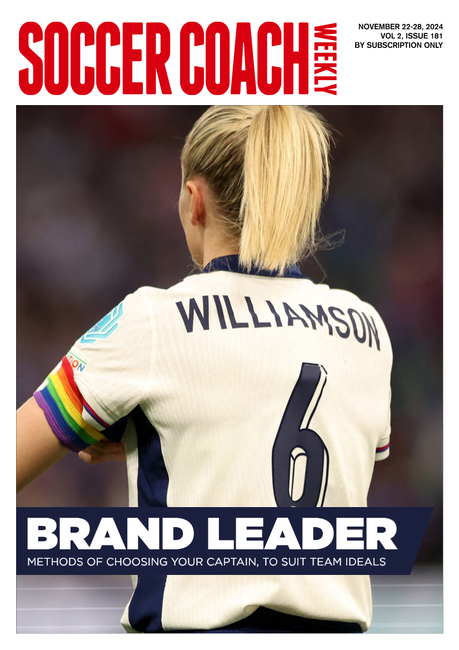Plan for an even better 2020
There’s nothing like a new year to provide a fresh impetus to your coaching career. Here are five suggestions as to how to improve your sessions over the next 12 months…

Practise each skill in three ways:
The process of learning one skill will have a positive impact on others. For instance, the footwork needed to tackle will be covered when you’re working on other aspects of the tackle.
When you coach skills in depth, allow players plenty of time to try them out. And don’t worry if they don’t crack it in one session. Research shows that they’ll go away, reflect and improve for next time – if you’ve coached them well.
Make more use of the introduction at the start of the session. But don’t do this introduction until everyone has arrived. Therefore, play a game at the very start to get players up and going quicker.
In the introduction, outline what will be happening in the session, and where and when. The players now know when to wear gum-shields, when they’re able to get a water break, and when to ramp up the intensity. You could walk through a new exercise or introduce a new skill.
Even better, ask players to think about the skill before training by putting videos or instructions on your website during the week. Even if only a few players look at it, it will give you a head start.
Smooth transition
Once the session is going, you can now increase the intensity quicker. You move swiftly from exercise to exercise, without having to stop for long periods to demonstrate what’s happening.
For instance, use Ruck triangles. Show players what’s happening in the session introduction and then move to the exercise when the warm-up is over.
Tiring your players is easy to do within a game context. Play an equal-sided game where the attack and defence swap every time there’s a mistake. Don’t give the players much time for rest between goes. If you have lots of players, have more than one game going on at once.
You can do this with any skill you’re not that familiar with. For instance, spin passes, scrummaging, lifting in the lineout, clearance passes, drop-kicks, backhand offloads, sidesteps or punts.

1 COACH MORE, PLAN LESS
To maximise the limited time you have with your players, adjust your sessions so that you work on a few skills in detail.Practise each skill in three ways:
- Experimentally, so that players can try out the skill or add elements to a skill they already know. For instance, recovering their feet to make the next tackle or return to the defensive line.
- Players should try to perfect the skill, honing the elements of it.
- Take the skill into a game or pressure situation.
The process of learning one skill will have a positive impact on others. For instance, the footwork needed to tackle will be covered when you’re working on other aspects of the tackle.
It takes time to sink in
When you coach skills in depth, allow players plenty of time to try them out. And don’t worry if they don’t crack it in one session. Research shows that they’ll go away, reflect and improve for next time – if you’ve coached them well.
2 TREAT YOURSELF!
Buy some comfortable and waterproof training boots. I prefer moulded-stud boots for most of the season and then, when it’s really wet, proper walking boots. You deserve to be pampered for all the work you do with the team.3 PUT SESSIONS ON A DIET
Cut out waste by keeping your sessions lean and mean.Make more use of the introduction at the start of the session. But don’t do this introduction until everyone has arrived. Therefore, play a game at the very start to get players up and going quicker.
Flag up what’s ahead
In the introduction, outline what will be happening in the session, and where and when. The players now know when to wear gum-shields, when they’re able to get a water break, and when to ramp up the intensity. You could walk through a new exercise or introduce a new skill.
Even better, ask players to think about the skill before training by putting videos or instructions on your website during the week. Even if only a few players look at it, it will give you a head start.
Smooth transition
Once the session is going, you can now increase the intensity quicker. You move swiftly from exercise to exercise, without having to stop for long periods to demonstrate what’s happening.
For instance, use Ruck triangles. Show players what’s happening in the session introduction and then move to the exercise when the warm-up is over.
4 BRIGHTER NOT BIGGER
We always want to improve our players’ strength and fitness. Instead of working on pure fitness in training, make the players better decision-makers while pushing them towards fatigue.Keep them moving
Tiring your players is easy to do within a game context. Play an equal-sided game where the attack and defence swap every time there’s a mistake. Don’t give the players much time for rest between goes. If you have lots of players, have more than one game going on at once.
5 LEARN A NEW SKILL
I want to teach myself to throw the ball into the lineout so it reaches the middle jumper accurately. I know that the learning process I’ll go through to learn the skill properly for myself can be replicated with players.You can do this with any skill you’re not that familiar with. For instance, spin passes, scrummaging, lifting in the lineout, clearance passes, drop-kicks, backhand offloads, sidesteps or punts.
Newsletter Sign Up
Coaches Testimonials

Gerald Kearney, Downtown Las Vegas Soccer Club

Paul Butler, Florida, USA

Rick Shields, Springboro, USA

Tony Green, Pierrefonds Titans, Quebec, Canada
Subscribe Today
Be a more effective, more successful rugby coach
In a recent survey 89% of subscribers said Rugby Coach Weekly makes them more confident, 91% said Rugby Coach Weekly makes them a more effective coach and 93% said Rugby Coach Weekly makes them more inspired.
Get Weekly Inspiration
All the latest techniques and approaches
Rugby Coach Weekly offers proven and easy to use rugby drills, coaching sessions, practice plans, small-sided games, warm-ups, training tips and advice.
We've been at the cutting edge of rugby coaching since we launched in 2005, creating resources for the grassroots youth coach, following best practice from around the world and insights from the professional game.
